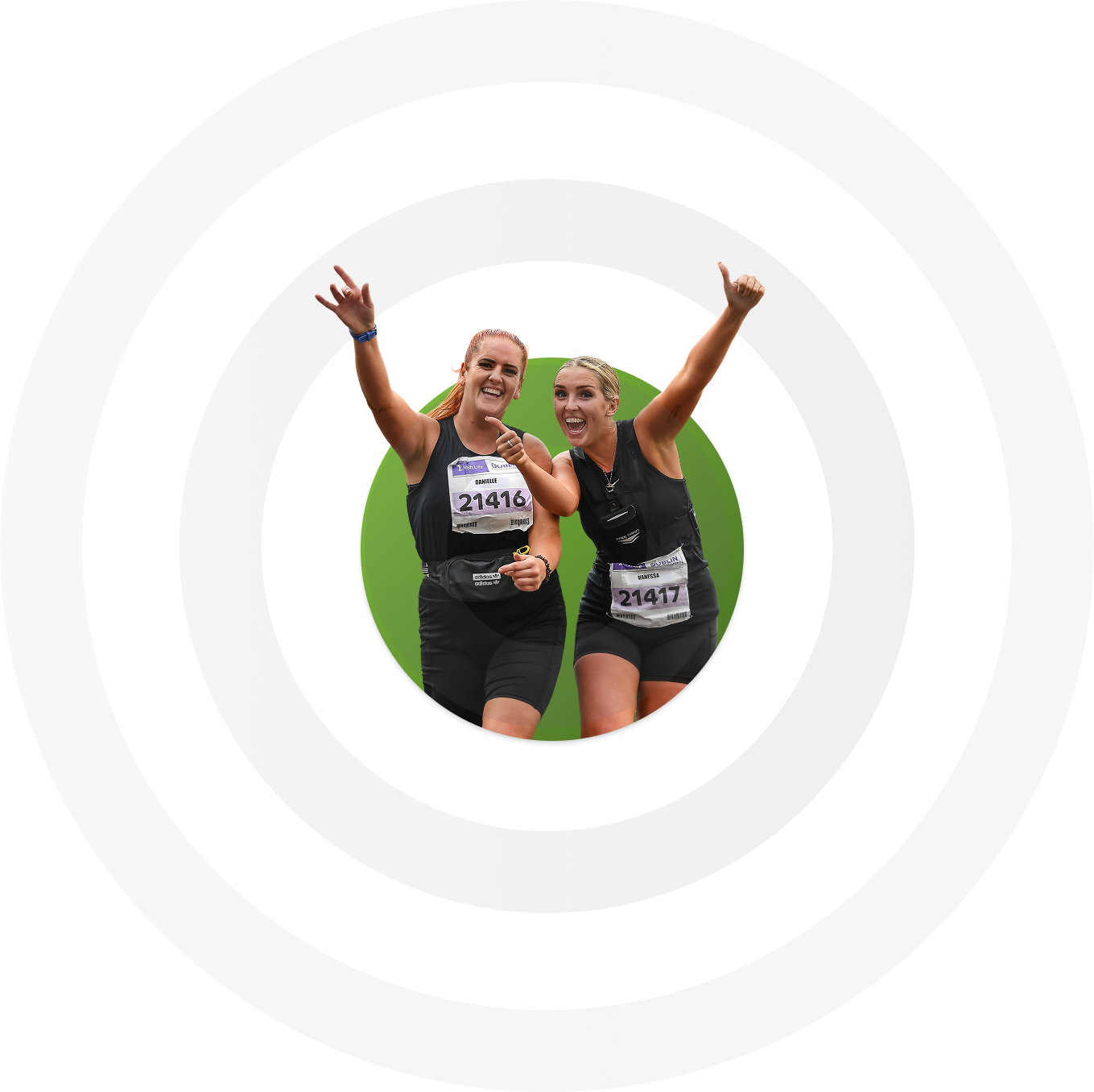Find out how to complete your half marathon and break the magical 2-hour barrier for the first time.
Have you ever wondered what it takes to run a sub-2-hour half marathon? There is, of course, no magic formula – it does of course require hard work – but check out these tips to help you break that 2-hour barrier.
Volume of training
If there’s one tweak that you’re going to make to your training in order to go sub-2-hours, then look at the volume of running that you’re doing because volume is the number one determinant of running fitness. Many of the fundamental physiological adaptations needed for improved endurance come about through simply running a bit more.
While I’m certainly not advocating that you should be clocking up the mileage of an elite athlete, ask yourself whether there is scope to increase your mileage slightly. If the answer is ‘yes’ then you should aim to gradually increase your mileage over a period of time as a sudden increase in the volume of training will more than likely result in injury. A good rule of thumb in terms of volume is not to increase your weekly mileage by more than 10 per cent per week.
Befriend fat as a fuel
One of the aims of training for a half marathon is to teach your body to become more efficient at burning fat for fuel, particularly as the body can only generally store enough carbohydrate (glycogen) for around 90 minutes of exercise. There are several ways that you can train your fat burning engine;
- Longer, slower runs will help to promote fat burning as your body relies more heavily on fat for energy during long duration, low intensity exercise.
- Try some pre-breakfast runs. Your glycogen stores are slightly depleted first thing in the morning as your body uses glycogen even when you sleep. Try doing some of your runs before breakfast, because when in a fasted state, your body will again turn to fat for fuel. If you are not used to doing this then start with short, easy runs because otherwise you may struggle.
Train at a variety of paces
One mistake that many runners make is that they become one-paced ponies and only ever train at one pace. Sound familiar? If you’re looking to smash through that 2-hour barrier then you should train at a variety of paces, particularly those which directly support your target race pace (i.e. slightly slower and slightly faster). Aim to incorporate some speed work at your 10k race pace once a week and one longer run slightly slower than your half marathon target race pace once a week to ensure that you are hitting those support paces.
Smart pacing
In order to give yourself the best possible chance of breaking the 2-hour barrier, you need to be smart with your pacing strategy . For longer races, such as half marathon, it’s all about managing your body’s energy stores, and so conserving glycogen in the first half of the race is crucial. Don’t fall into the trap of thinking that getting ahead of your desired splits early on is ‘money in the bank’, it generally results in early glycogen depletion and slower finishing times!
In order to run 1:59:59 then you’ll need to run 9 minutes and 10 seconds for each mile split but remember this doesn’t take into account the course profile or the weather conditions. It also doesn’t give you much of a buffer in case you do start to slow in the final few miles. If you’ve paced your race well then you should still feel in control and be smiling at the 8 mile mark!

.png)




-min.jpg)

